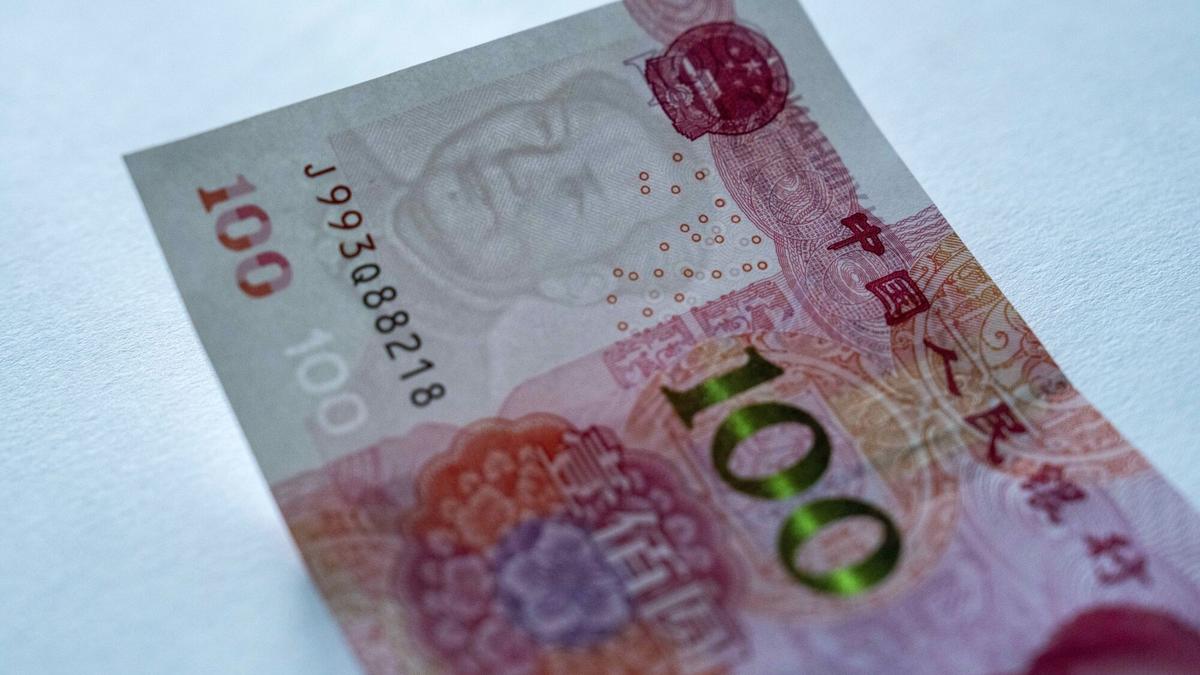The new tax regime is the default choice. While tax rates are lower with higher slabs for income under ₹15 lakh, you can no longer claim deduction under Section 80C of the Income-Tax Act. This has led many to wonder about their investments in Public Provident Fund (PPF). Here, we discuss why PPF is still an important part of goal-based portfolios.
Exempt Income
Investments must be evaluated on a post-tax basis. Suppose you consider investing in equity for capital appreciation and in bonds for income returns. Your goal-based investments will attract long-term capital gains tax on equity and your marginal tax rate on income returns.
As the marginal tax rate is higher, you must shield your interest income from taxes. Otherwise, your post-tax expected returns on the portfolio will be significant lower. It is in this context that your investments in PPF becomes important.
Proceeds, Interest exempt
Accrued interest on PPF investment is exempt from I-T as are the proceeds you receive at maturity. This is true even if you are assessed under the new income tax regime.
Therefore, PPF continues to be an attractive investment, even if you cannot avail the deduction of ₹1.5 lakh annually. Note, interest rate on PPF is reset every quarter. So, rates can decline in line with the government bond yields. Yet, tax exemption on interest income is a dominant factor in favour of PPF.
The maximum amount you can invest annually in PPF is ₹1.5 lakh. Most confuse this with the headroom deduction available under Section 80C. Suppose you are in the old tax regime and your provident fund (PF) contribution is ₹50,000.
The misconception is you can invest only ₹1 lakh in PPF, given the ₹1.5 lakh deduction limit under Section 80C. That is not true. You can invest ₹1.5 lakh in PPF. But you can only claim a maximum of ₹1.5 lakh for all your eligible investments under Section 80C including PF and PPF.
Conclusion
You can renew your PPF account till retirement and each renewal will be a block of five years after the initial period of 15 years. This makes PPF an optimal investment for retirement portfolio and for goals with time horizon of 15 years and more.
To benefit from compounding effect, it is optimal to exhaust PPF investments early in a financial year. Individuals with salary income could consider contribution to voluntary PF, as it carries a higher interest rate.
(The author offers training programmes to individuals to manage their personal investments)








Leave a Comment